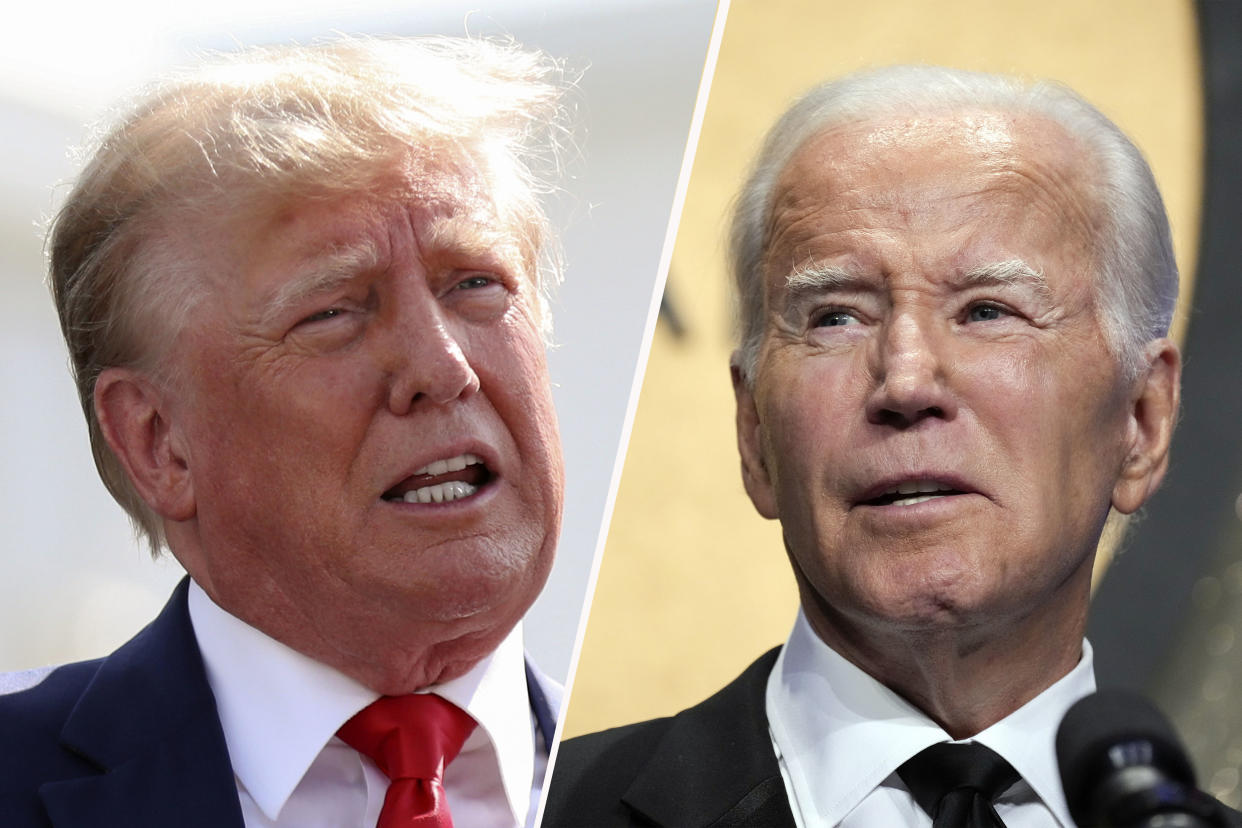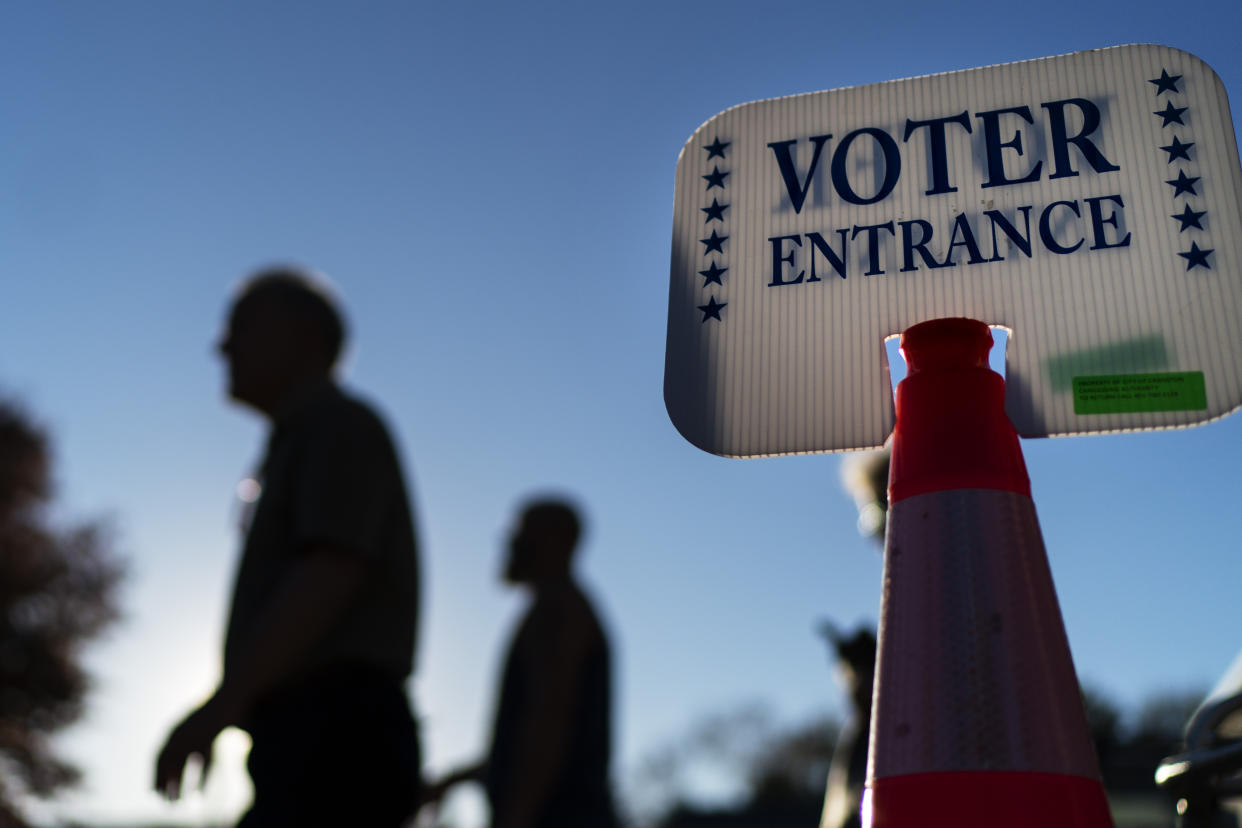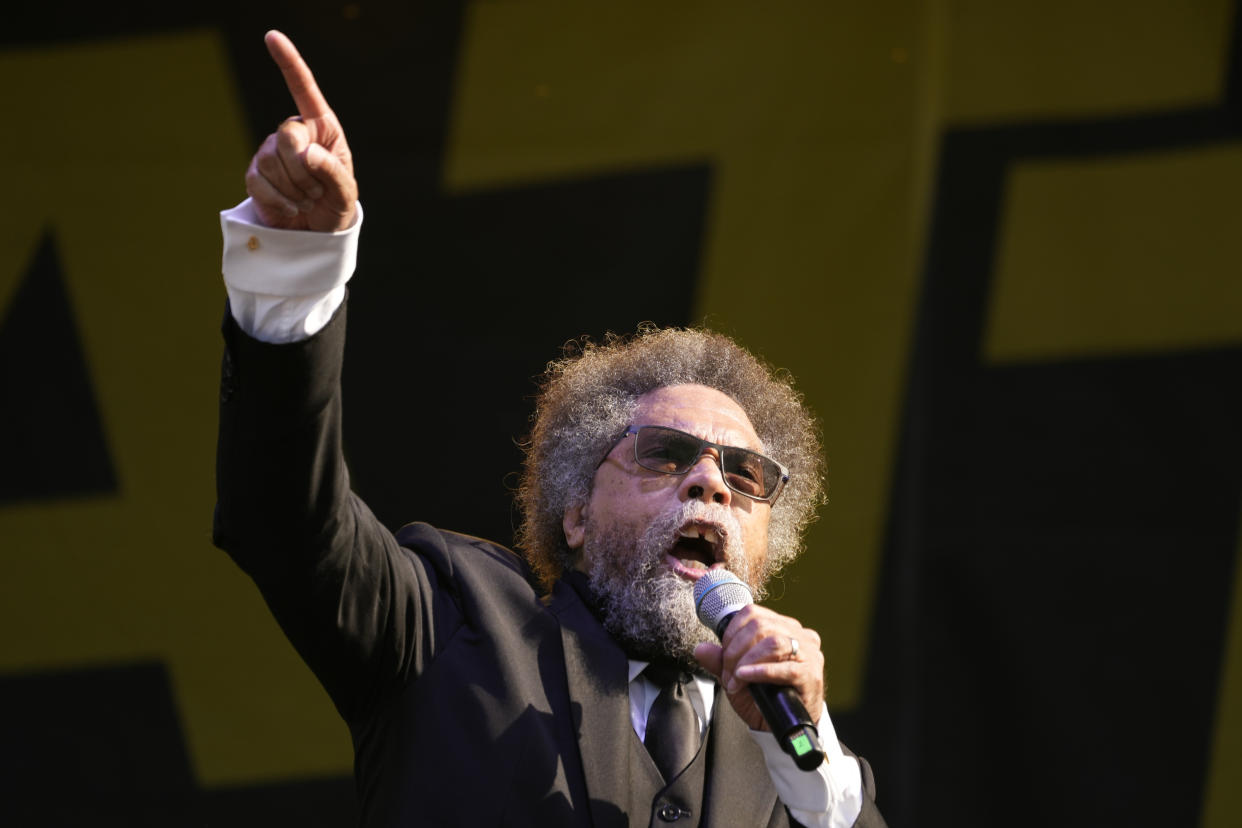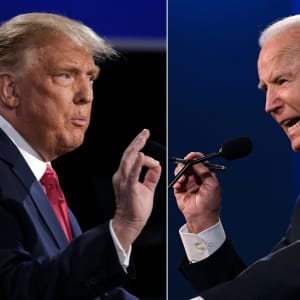3 reasons the 2024 election will be very different from 2020

With every passing poll, it looks more and more likely that the 2024 presidential general election will star the same two protagonists as 2020: President Biden and former President Donald Trump.
In the Republican primary, Trump now leads his nearest rival by 46 percentage points, according to the latest Yahoo News/YouGov survey. On the Democratic side, Biden is ahead by 61.
History says that such leads tend to be insurmountable.
Yet even if America ends up with a Biden-Trump rematch, that doesn’t mean November 2024 will be a rerun of November 2020.
In part that’s because Trump and Biden have changed, with the former now facing four criminal trials and the latter fending off questions about his advanced age.
But it’s also because key electoral dynamics have been changing as well.
The map
The Electoral College has long favored Republicans, and that advantage has grown in recent elections. Both Trump and George W. Bush were able to win the presidency while losing the popular vote because they fared far better in the pivotal battleground states than they did nationwide.
But a recent New York Times analysis notes that the GOP’s Electoral College edge might be fading.
The main reason is that Trump has been improving his standing among nonwhite voters at the same time Biden has been holding his ground among white voters (especially college graduates).
Nonwhite voters are generally underrepresented in critical battleground states such as Wisconsin, Michigan and Pennsylvania, and overrepresented in solidly blue states like California and New York. As a result, “Trump’s gains among nonwhite voters nationwide would tend to do more to improve his standing in the national vote than in the battleground states,” as the Times put it. Trump flipping a voter in Democratic Oregon is worth less than Biden flipping a voter in purple Pennsylvania.

Recent special-election outcomes in swing states like Wisconsin and New Hampshire reflect this emerging shift. So far in this year’s special elections, Democrats have been performing better than expected by an average of 11 percentage points, according to FiveThirtyEight.
That doesn’t mean Biden is heading for a blowout in 2024. In fact, current polling suggests a closer race than last time, when Biden won by more than 4 points.
But it may mean a shifting landscape. While more diverse battlegrounds such as Arizona, Georgia and Nevada are likely to retain their nail-biter status, the whiter swing states across the Northeast and Upper Midwest could become harder for Trump to win — and a state like North Carolina (which Biden lost by just 1.35% in 2020, and where Republicans face brewing abortion-ban backlash) could play a bigger role than ever before.
The electorate
The nominees might not be different in 2024, but the electorate certainly will be. According to Democratic pollster Celinda Lake, 1 in 5 eligible voters will now be members of Gen Z, born in the late 1990s or after.
Compared to their older counterparts — two and a half million of whom die each year — that figure represents a net gain of 52 million potential Gen Z voters since 2016.
It also represents a potential advantage for Biden in a rematch with Trump. It’s not that Gen Z voters are loyal to the elderly president (or to any politician or party, for that matter). But 48% of them identify as people of color (compared to baby boomers, who are 72% white), and they’re more likely to be highly educated, to support LGBTQ rights and to list racism among their greatest concerns than the generations that preceded them.
Driven less, then, by party or personality than by “strong passion on one or more issues” — such as climate change or abortion access — young people in recent years have “vote[d] more frequently for Democrats and progressive policies than prior generations did when of similar age,” according to Lake.
Although still voting at much lower rates than older people, they’ve also turned out to vote in greater numbers than their forebears. As Lake writes, “average turnout by young voters (defined here as voters under 30) in the Trump and post-Trump years has been 25 percent higher than that of older generations at the same age before Trump — 8 percent higher in presidential years and a whopping 46 percent higher in midterms.”
The third-party spoilers
A third-party candidate ran in 2020: Libertarian Jo Jorgensen. But her candidacy barely registered, attracting just 1.2% of the vote. The Green Party’s Howie Hawkins did even worse (0.26%).
The possibility of a spoiler could be a lot higher this cycle, however.
For one thing, the left-wing Green Party is running a far more prominent candidate in Cornel West, the charismatic Princeton philosophy professor.

Meanwhile, the centrist group known as No Labels is also barreling ahead with a controversial plan to field a third-party “unity” ticket in 2024 — one Republican, one Democrat. Two politicians with ties to the group, former Gov. Larry Hogan, a Republican from Maryland, and Sen. Joe Manchin, a Democrat from West Virginia, have already expressed interest in teaming up.
No Labels has said it has until March 2024 to decide whether to get into the race — and that it will announce its candidates no later than April 15, 2024, ahead of the group’s own convention in Dallas.
In the meantime, the group is amassing $70 million — from donors it has repeatedly refused to disclose — to purchase its own presidential ballot line in all 50 states. In 34 of those states, No Labels can hold a spot on the 2024 ballot for a potential third-party ticket by collecting and submitting a certain number of signatures. The group has already cleared that bar in Arizona, Colorado, Alaska and Oregon, and it says it’s “on track” to add another 24 states “by year’s end” (including battlegrounds such as Florida, North Carolina and Nevada). Elsewhere, it’s up to the candidates themselves — if any end up materializing — to secure their own ballot access.
Democrats fear that No Labels would siphon anti-Trump voters away from Biden — and help Trump win back the White House.





